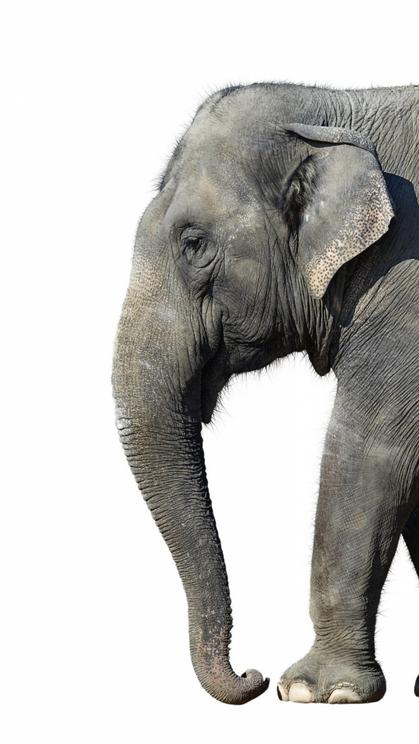Elephants sleep for just two hours a day – the least of any mammal
Time for 40 winks… or, at least, maybe 10
It’s another sleepless night in the savannah. Wild elephants average just 2 hours of sleep a night, making them the lightest-known snoozers of any mammal.
Previous studies have looked at such habits in captive elephants, which sleep for 3 to 7 hours a day. But with more dangers and pressure to find food, wild animals tend to sleep less.
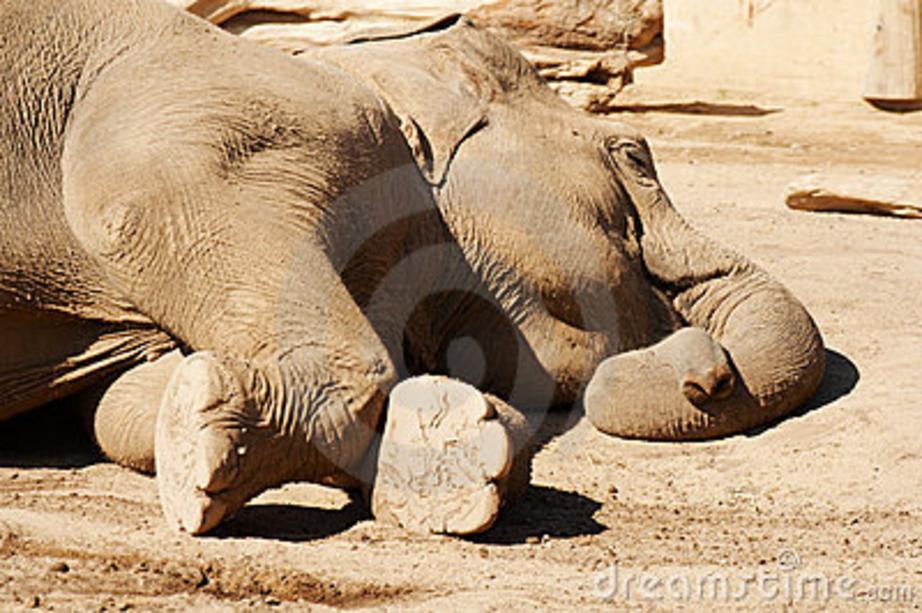
So Paul Manger at the University of the Witwatersrand, Johannesburg in South Africa and his colleagues set out to monitor sleep in wild African elephants in Chobe National Park in northern Botswana.
The most reliable way to measure sleep is to use electrical recordings of the brain, but this isn’t possible in elephants. Their thick skulls mean that surface electrodes are ineffective, and putting electrodes under the skull would require invasive surgery.
Instead, the researchers fitted motion sensors to elephants’ trunks. The trunk is the most active part of the elephant’s body, and is rarely idle while the animal is awake. “We figured when it hadn’t been used for 5 minutes, the elephant was probably asleep,” says Manger.

The team monitored two matriarchs for 35 continuous days. The elephants slept for an average of 2 hours a night, not in a single slumber but in four to five short bursts – a pattern known as polyphasic sleep. Most of their sleep occurred between 1.00 and 6.00 am, and the elephants snoozed in different places every night.
On four days, the elephants didn’t get any shut-eye at all, resulting in them being awake for up to 48 hours continuously. During these periods, they travelled long distances of around 30 kilometres, possibly to evade lions or poachers. But they didn’t appear to compensate with extra sleep after going a night without.
Although the sample size is very small, Manger thinks these findings give a reasonably reflective view of wild elephants’ typical sleep habits. “I think what we’ve got is pretty close to the mark,” he says. “Obviously it would be nice to do a lot more animals, but there are ethical considerations and the bottom line is getting enough funding.”
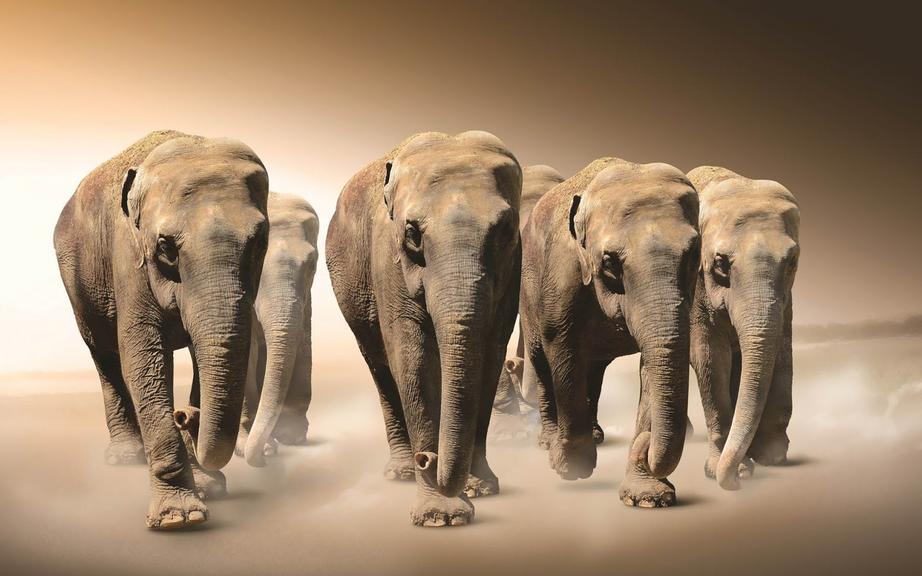
Little time for dreaming?
The elephants also wore a collar with a gyroscope attached to it, which told the researchers whether they were standing up or lying down. Each elephant slept lying down on only 10 of the 35 days.
This finding implies that the animals spent very little time in rapid-eye-movement (REM) sleep, the stage when we have vivid dreams that is thought to be important for memory consolidation. During REM, the muscles usually relax, making it impossible to remain standing.
Either elephants only experience REM every few days, or they can enter this phase in short bursts of 5 to 10 seconds while standing, as birds do, says Manger. Alternatively, like whales and dolphins, they may not need REM at all. “We’re not sure which of those is true yet and that’s something we’d like to follow up and discover,” he says.
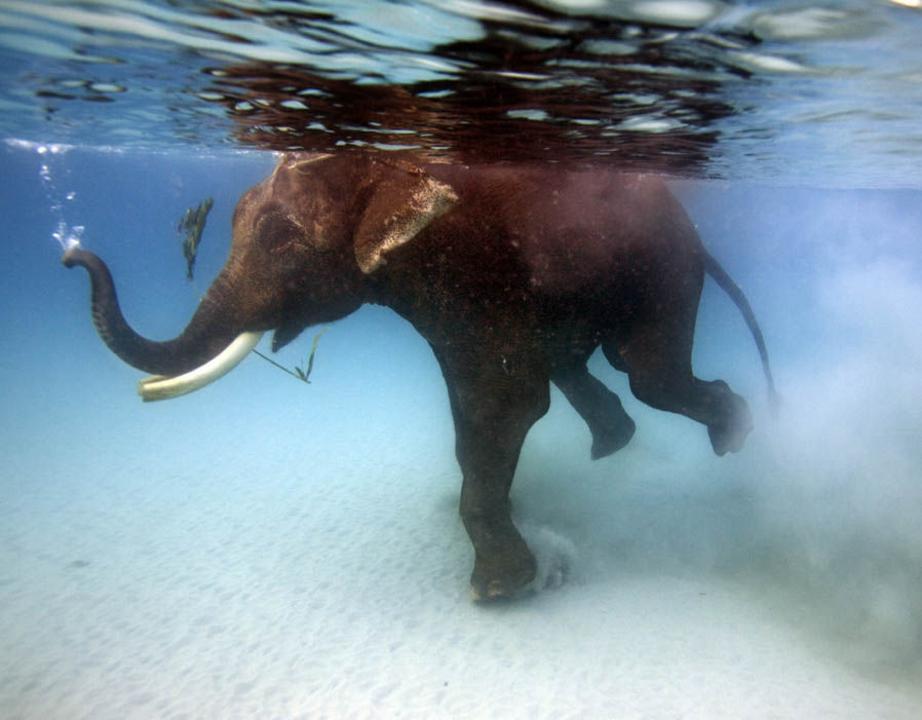
Bigger animals generally tend to sleep less, probably because they have to spend so much time eating. “Elephants can eat up to 300 kilograms of food a day, so obviously it takes a long time for the trunk to get all that into their mouths, and that leaves less time for sleep,” says Manger.
But even among large mammals, elephants seem to be light sleepers. The considerably larger grey whale sleeps for 9 hours a day and the giraffe for almost 5 hours. The domestic horse, at nearly 3 hours, is its closest rival.
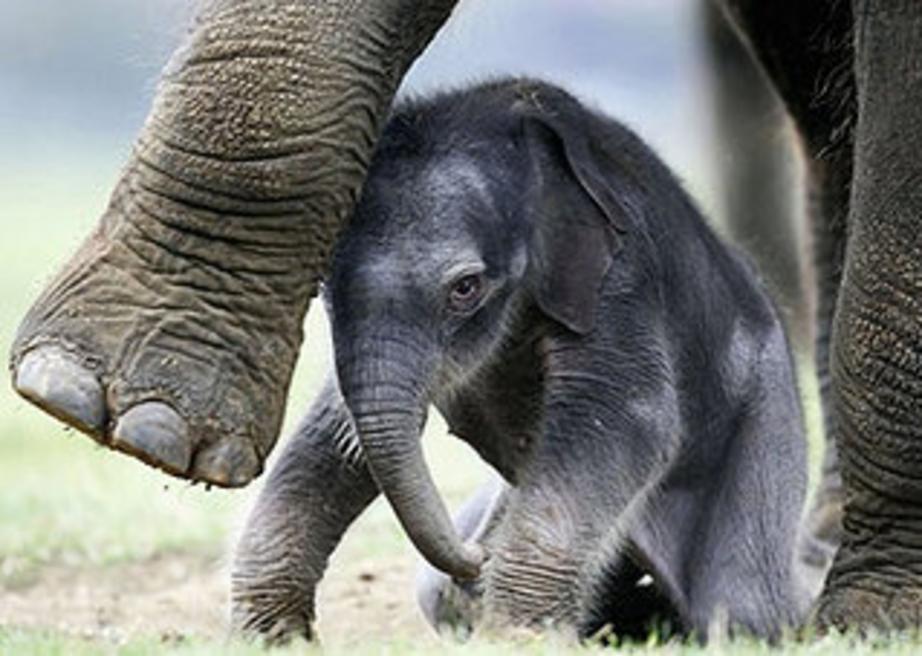
The use of trunk motion to infer sleep state is clever, says John Lesku at La Trobe University in Melbourne, Australia, but he adds that it will be important to learn more about how posture and trunk movement reflect waking, sleeping and REM sleep.
“For instance, ruminants can stand, have their eyes partially open and even continue to chew their cud during non-REM sleep, raising the possibility that elephants might have more sleep than appreciated,” he says.
Journal reference:
PLoS ONE, DOI:
10.1371/journal.pone.0171903

